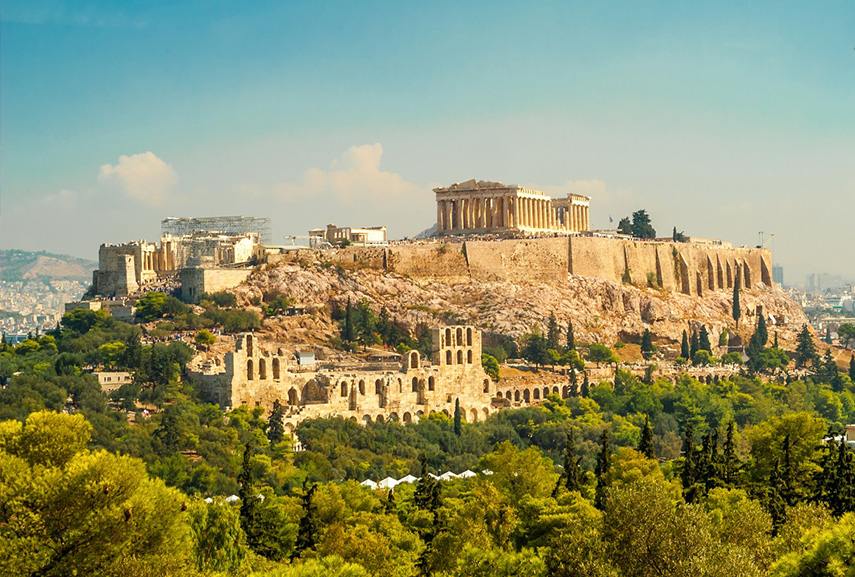The history of architecture is about as long as the history of humanity itself, and probably just as complex. The exact origin of architecture could be said to date to the Neolithic period, around 10 000 BC, or simply when people stopped living in caves and started handling the way they want their houses to look and feel like. The architecture that we’re talking about today is commonly assessed through visual terms and subject to ocular perception, but this urge to design an architectural artefact was fueled by much more than the mere need for aesthetic appeal. Architecture has proven to be many things – comfy, elegant, modern, brutal, indexical, vernacular – and yet, one of its most interesting aspects is its capacity to reflect the spirit of time, in a way that might be even more substantial than how we see it happen with art. The parallelism of history od architecture to human history is justified by its strong material presence that serves as the best physical evidence of societal change. Just looking at the buildings made in different places at a different moment in time would help us understand the evolution of architecture and our past without using any words. Human actions were embodied in architecture, and further clarified through the persistent endeavor to protect some of the built heritage, and to decide to let the rest of it fade and decay.




